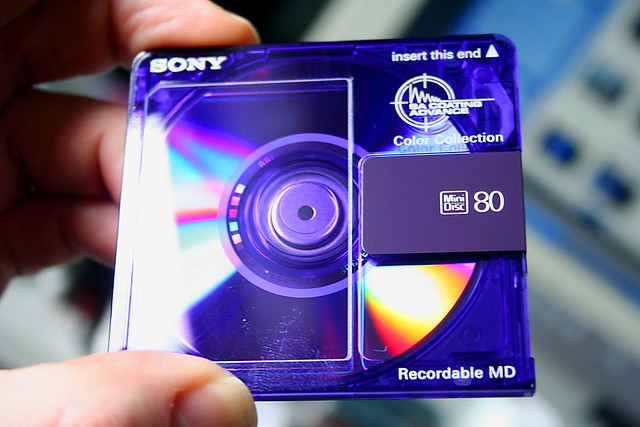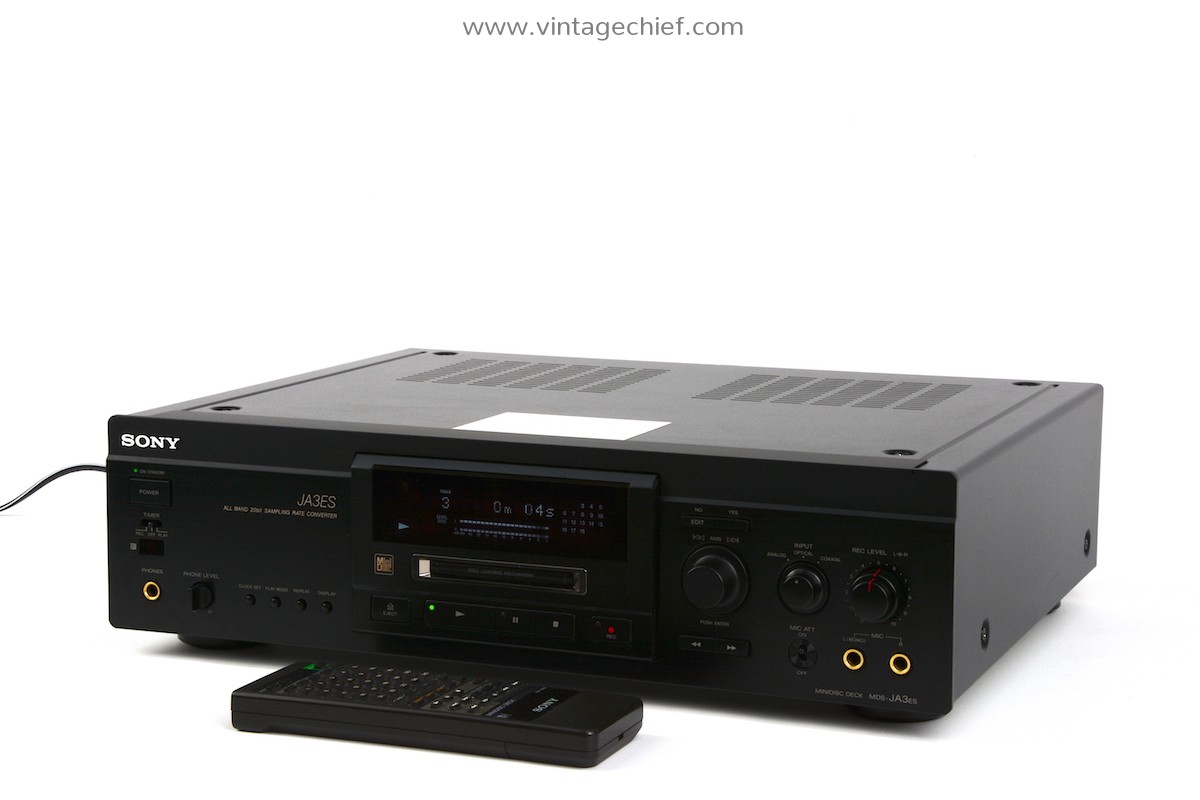- Joined
- Feb 23, 2016
- Messages
- 20,690
- Likes
- 37,414
Interesting comparison.The coolest thing about it was at turn on--after a short delay a number of relays clicked sequentially anc quite audibly into position. Loved that sound and the anticipation that went with--similar I suppose ice cubes into a tumbler are for a serious drinker.
I'm surprised nobody did mention the Technic SL1200 yet. That device is in it's class the absolute master in usability (next to sound and sturdiness). I don't know a manual turntable that is easier to operate right than that one, with an arm that is compliant to many cartridges and as foolproof as a turntable can be. And it's still one of the better turntables arround for reasonable prices.


Totally agree. And boy would I love to have a sl-p1200.My first CD-Player was a Technics SL PG 540. I loved the search-wheel and never understood why this function has not been praised and adapted universally. Hated every other CD-player's search function.

I had a Yamaha A-1. It had a single large volume knob and 3 exposed switches. and a small folding cover that hid all the secondary controls. I loved that ampRegardless of performance, please share your experience with equipment which has made a great impression on your perception of great usability.
Specifically, I am focused on the tactile enjoyment of operating a piece of equipment. For example, the usefulness of a certain layout or selective use of switches, knobs or buttons etc.



In general I prefer the styling of the mid 70s gear to the 80s stuff. I am not sure if there is something specific to the designs or if it is a function of my age. I just didn't care for the matte silver or shades of gray with lots of square buttons. By the late 80s and into the 90s it seemed that everything became anonymous. Except the "high end" everything was ~17" wide, ~6" tall and black. You couldn't tell sources from electronics or even tell the brands apart.I am not (in full disclosure) a big fan of them, but for their comparatively straightforward and (for the time) elegant physical presence and (more to the point) their very satisfying "feel" -- it is hard to beat the Pioneer massmarket hifi equipment of the mid-1970s. The zenith (strictly my opinon, you do understand!) was (were) the last of the "blackout dial" era (ca. 1975), and the first era of "silverface" components that immediately followed them (ca. '77).
There are other options on the market with more modern features or better performance but I love using my TASCAM DR-100mkIII. The switches and buttons are recessed so that they won't be actuated accidentally while handling the unit. Still they have a nice tactility to them and can be operated by feel which is useful in low light situations. The big gain knob is very nice to use and can be disabled to lock in the setting using a switch on the other side. The aluminum fascia feels very premium in hand and the speckled plastic making up the rest of the body feels durable. Just about everything you need to know about the settings is displayed on the screen so that you don't have to dig through the menus to be certain before hitting record. There is an internal lithium battery along with a AA compartment and either can be selected as main source and backup to ensure uninterrupted recording.

I hear the new whiz-bang touch screen replacement is hot garbage.Yes, it's a beautiful LCPM recorder. I wanted one, but can't buy it anymore. And like Sony, they've discontinued it. Their best handheld recorder.
Ditto, absolutely loved mineI used to LOVE my minidisc collection. The discs felt great in the hand, the players were not much larger than the discs themselves and were dense and mechanical, and having the overall experience of playback, portable recording, and desktop recording components was a delight.




